Windows Central Verdict
Keychron is laying claim to the "world's first fully ceramic keyboard" with the new Q16 HE 8K, and it is a beautiful and impressively built peripheral with some hardcore specs. There's genuinely a lot to love, but none of it convinces me that a completely ceramic keyboard is actually a great idea — it makes the Q16 HE 8K heavy, loud, slippery, expensive, and prone to smudges and chipping.
Pros
- +
Beautiful, unique all-ceramic design
- +
Great typing experience and top-notch performance
- +
Keychron Launcher software is intuitive and packed with features
Cons
- -
Constant smudges are a guarantee, chipping is a risk
- -
Everyone will hear you typing
- -
You won't want to carry this chonker around
Why you can trust Windows Central
Keychron has become a part of my regular keyboard rotation, and I've been impressed with the company's diverse family of thoughtfully designed, enthusiast-focused keyboards. Now, Keychron's most ambitious board yet has found its way to my desk, and it's definitely interesting.
This is the Keychron Q16 HE 8K, and Keychron calls it the "world's first fully ceramic keyboard." There's no visible aluminum or PBT plastic here — body and keys, the Q16 HE 8K is entirely coated in ceramic, and the result is striking. Under the hood, the Q16 HE 8K is just as impressive with the latest and greatest technology Keychron can muster.
So, what's preventing this keyboard from being a total slam dunk? Well, it's because ceramic probably isn't a great material to use for a keyboard in the first place. As cool as the Keychron Q16 HE 8K is, I wouldn't easily recommend it to any but the most fashion-conscious keyboard enthusiasts.
This review was made possible thanks to a review sample provided by Keychron. Keychron had no input nor saw the contents of this review prior to publication.
A beautiful but divisive ceramic design

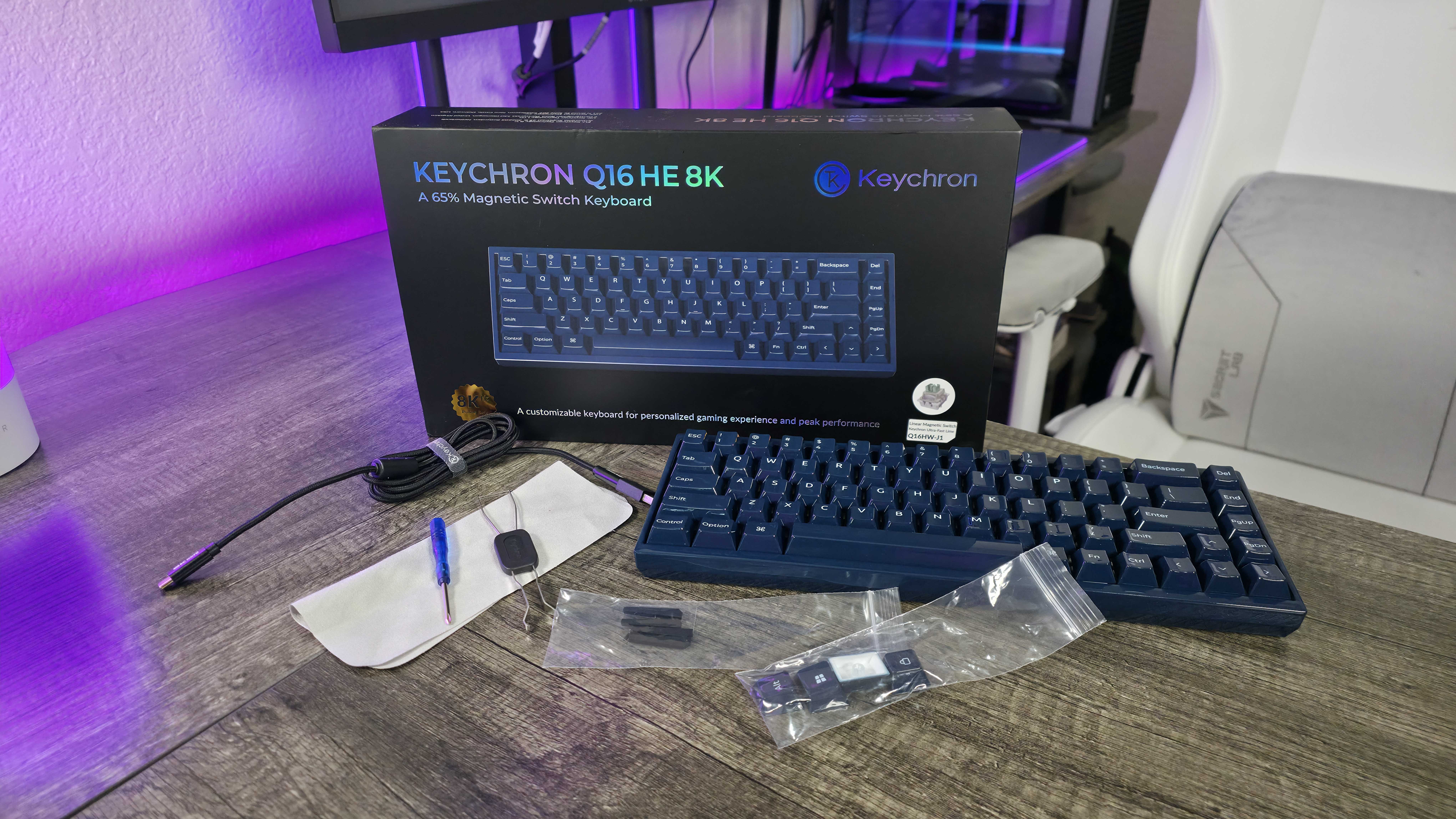

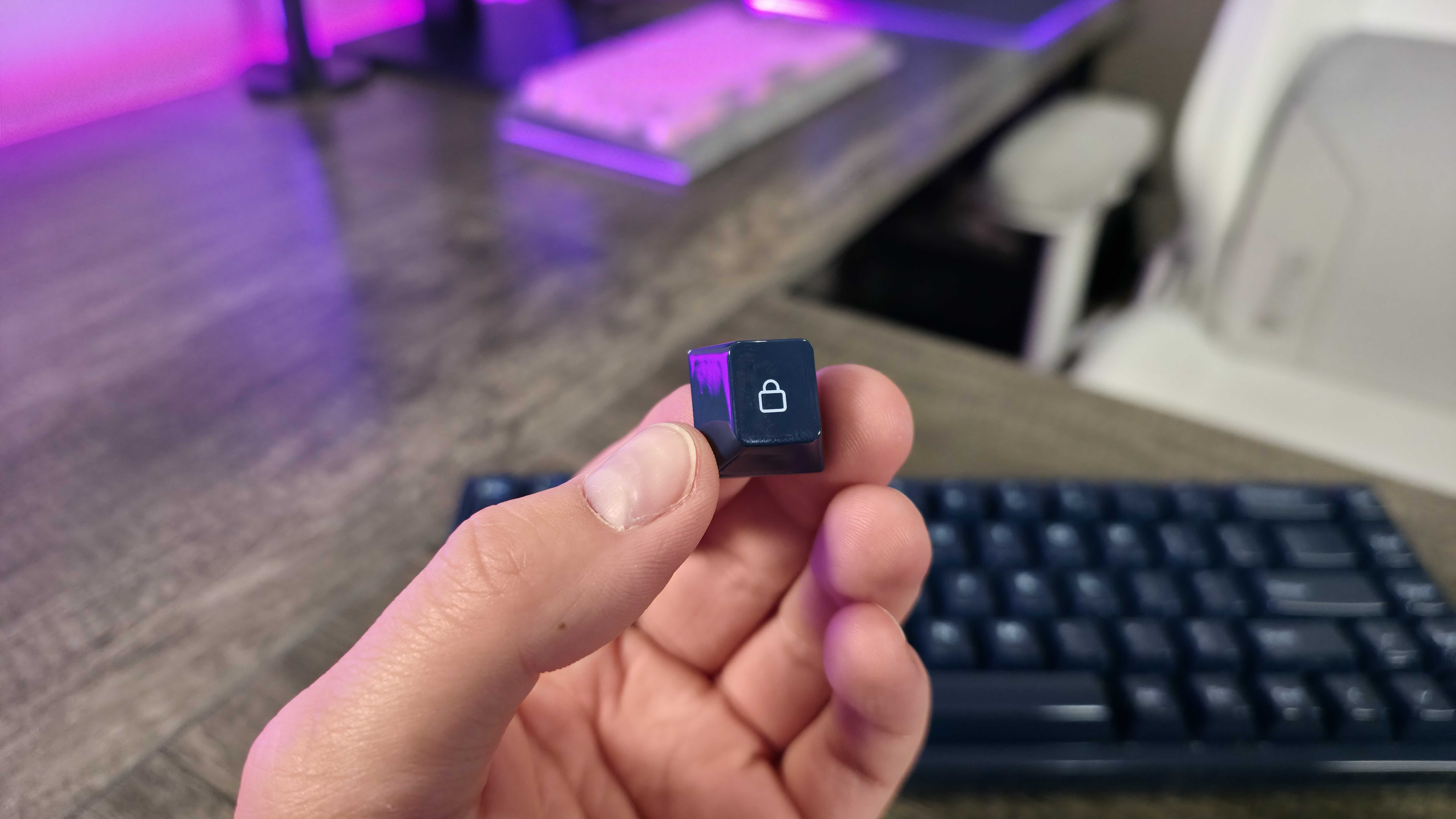
Keychron is no stranger to designing attractive keyboards, but the Q16 HE 8K's all-ceramic design firmly stands on its own. For better or worse, there's no other keyboard quite like this — and there's a bit of both going on.
• Switches: Ultra-Fast Lime Tunneling Magnetoresistance (TMR) switches, 0.1-3.35mm adjustable actuation point, hot-swappable w/ supported switches
• Connectivity: Wired via USB Type-C, Windows, Linux, & macOS support
• Features: 65% layout, up to 8,000Hz polling rate, per-key North-facing RGB lighting, rapid trigger & last-key priority, multi-stage shortcuts, Keychron Launcher web app support
• Weight: ~1,060g (~2.37lbs)
This is a 65% keyboard. I'll be the first to lament that you give up too much with a 65% layout, and that TKL and 75% keyboards are best, but Keychron always does a great job with spacing, key sizes, and placement. This is as good as the 65% layout gets.
The ceramic design is also striking. Whichever color you choose, the Q16 HE 8K does skew more toward "work of art" than your average keyboard, especially when it has been untouched by filthy human hands. Alas, keyboards are tools, and that's where matters begin to fall apart.
At a glance, the Q16 HE 8K is everything a great keyboard needs to be, but the ceramic material has four major side effects. First, this keyboard is heavy. At over 1,000g, it weighs slightly more than the larger Razer BlackWidow V4 Pro 75% I reviewed — and that premium keyboard has an internal battery and a wrist rest.
All the latest news, reviews, and guides for Windows and Xbox diehards.
This ceramic design is beautiful, but it also comes with a lot of downsides.
Points two and three relate to the keys, which are both slick and insistent on stubbornly clinging to every single smudge and fingerprint. The feel of the Q16 HE 8K's keys is less pleasant and comfortable than other keyboards, and attempting to keep this keyboard clean enough to actually admire its beautiful design is a frustrating exercise in futility.
Finally, there's a real reason to be concerned about durability. Ceramic isn't necessarily fragile, but you do have to baby the Q16 HE 8K to avoid chipping. In fact, my space bar came chipped out of the box, which was sealed and very securely packed in its shipping box.
Form reigns supreme over function with this keyboard's design, but Keychron absolutely didn't cut corners on what's packed inside.
Truly impressive internals... that are heading to other keyboards
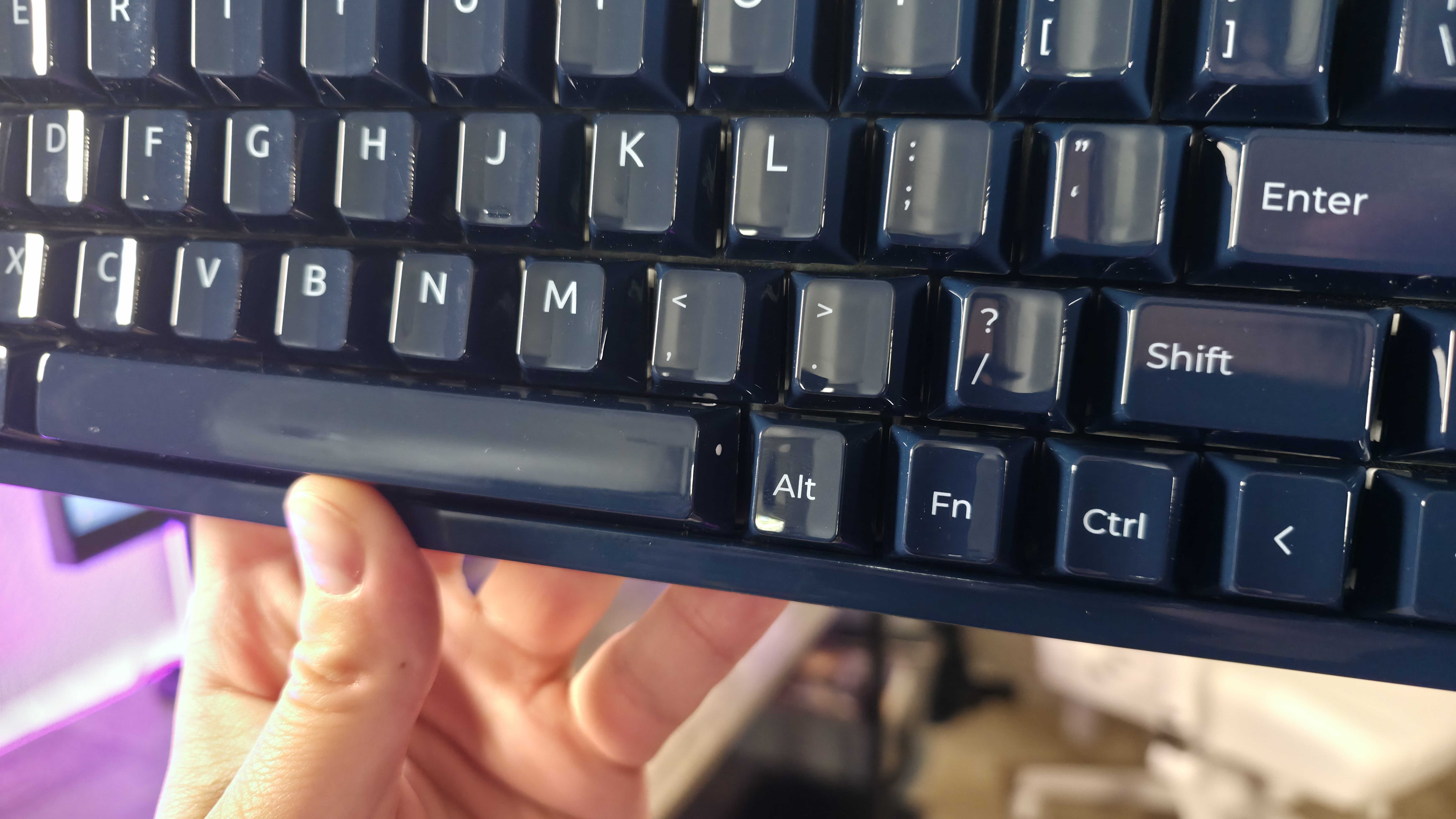

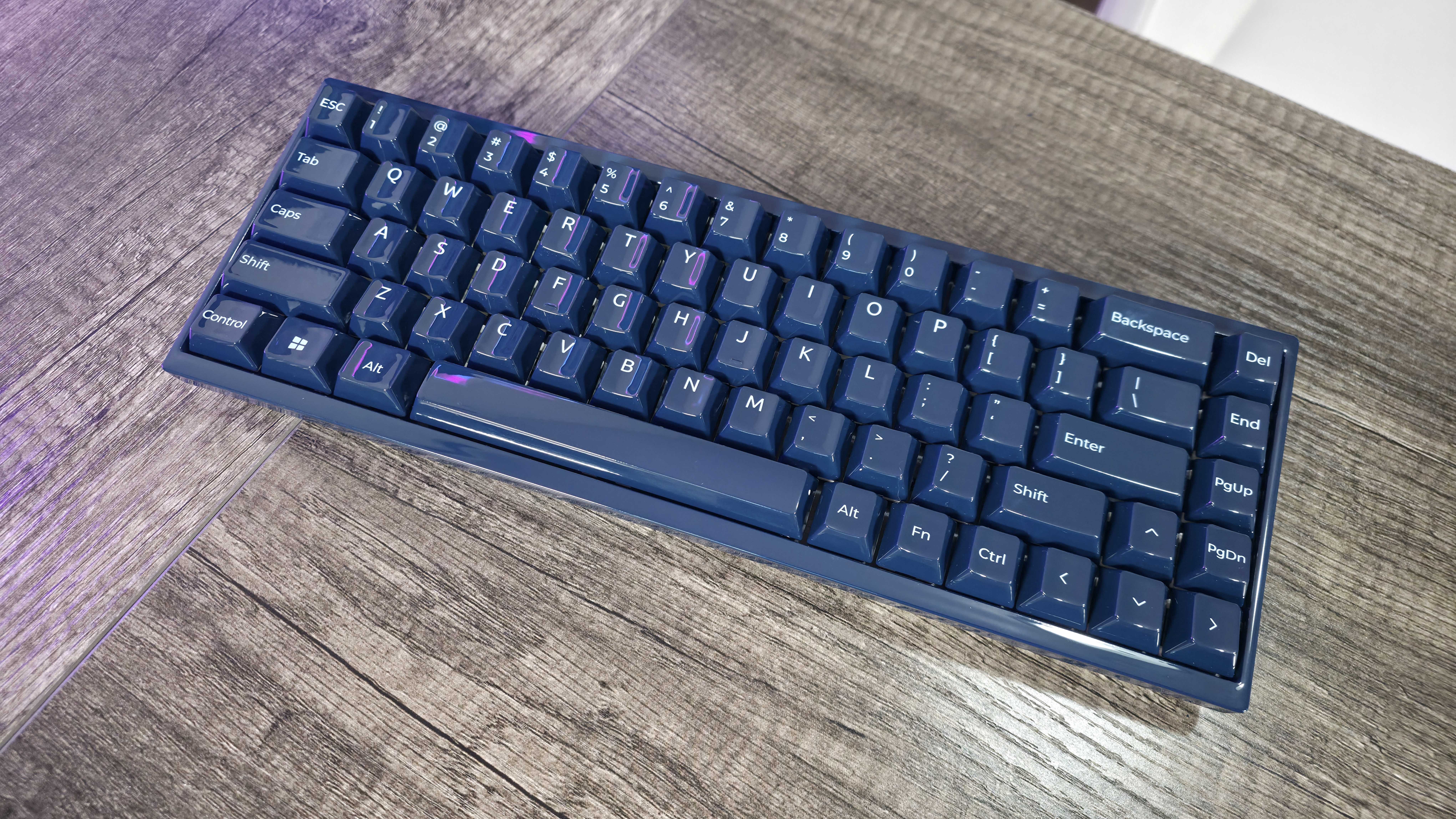

The Q16 HE 8K debuts Keychron's new custom "Ultra-Fast Lime" switches, which utilize Tunneling Magnetoresistance (TMR) magnetic sensors to deliver unparalleled precision, reliability, and responsiveness — even compared to Keychron's previous magnetic keyboards, which use the more common Hall Effect technology.
Like other magnetic keyboards, the Q16 HE 8K boasts an adjustable actuation point and features like rapid trigger (registering a press the moment a key is depressed), last-key prioritization (always instantly registering the latest key to be pressed), multi-stage assignments (being able to use multiple shortcuts with a single key press), and more.
Aside from the general improvements of TMR versus Hall Effect, though, the Q16 HE 8K also lays claim to a seriously impressive 8,000Hz maximum polling rate — just like the Razer Huntsman V3 Pro 8K we recently reviewed. This may not be positioned as a gaming keyboard, but almost nothing else on the market can brag about this level of sheer performance.
The Keychron Q16 HE 8K boasts better performance than almost any gaming keyboard, but it's not as friendly to enthusiasts.
Typing on the Keychron Q16 HE 8K is wonderfully responsive and consistent, and it's just as good as the best gaming keyboards for staying competitive in the most demanding games. If this keyboard's typing experience has one weakness, it's that it's loud; the typing acoustics may be beautifully "thonky," but everyone in the same area code as you may not be as appreciative.
Keychron also makes a lot of keyboards for enthusiasts, and while the Q16 HE 8K does fall in the same category with its hot-swappable switches and key caps (and included tools in the box), it's definitely not as friendly to hardcore keyboard fanatics. The Q16 HE 8K only supports a very small list of Keychron-approved magnetic switches, and accessing its internals requires removing the non-adjustable rubber feet to reach the screws hidden beneath.
Keychron Q16 HE 8K: My final thoughts
✅You should buy this if ...
- You're looking for an artistic keyboard that makes a statement.
- You can actually make use of these advanced features and performance.
- You can accept a high price tag when it's in the name of luxury.
❌You should not buy this if ...
- You need a keyboard that can take some hits and stay clean doing it.
- You care a lot more about features than you do aesthetics.
Previously, Keychron has seriously impressed me with its keyboards — and I have a strong feeling it'll continue to do so moving forward. On the surface, the Q16 HE 8K should be another unreserved victory for Keychron. Many of the best qualities for a top-notch enthusiast-grade keyboard are reflected here, after all, combined with a truly ridiculous level of performance.
On so many fronts, the Q16 HE 8K does justify costing $229.99 at Keychron.com (or, depending on when you read this review, on Kickstarter), even being completely dependent on a wire. This keyboard's greatest differentiator is also its most potent weakness, though; "ceramic" looks great in a headline, but I'm far from convinced that it's a great material for a keyboard that anyone is supposed to actually use.
That's why I'm so excited to get my hands on the upcoming Keychron Q3 HE 8K that you can see for $229.99 at Keychron, part of a new series from the company that pairs the incredible internals of the Q16 HE 8K with a more traditional aluminum and double-shot PBT design. Unless you're genuinely interested in the Q16 HE 8K's ceramic design, I'd recommend staying your hand and waiting for my thoughts on the Q3 HE 8K, too.
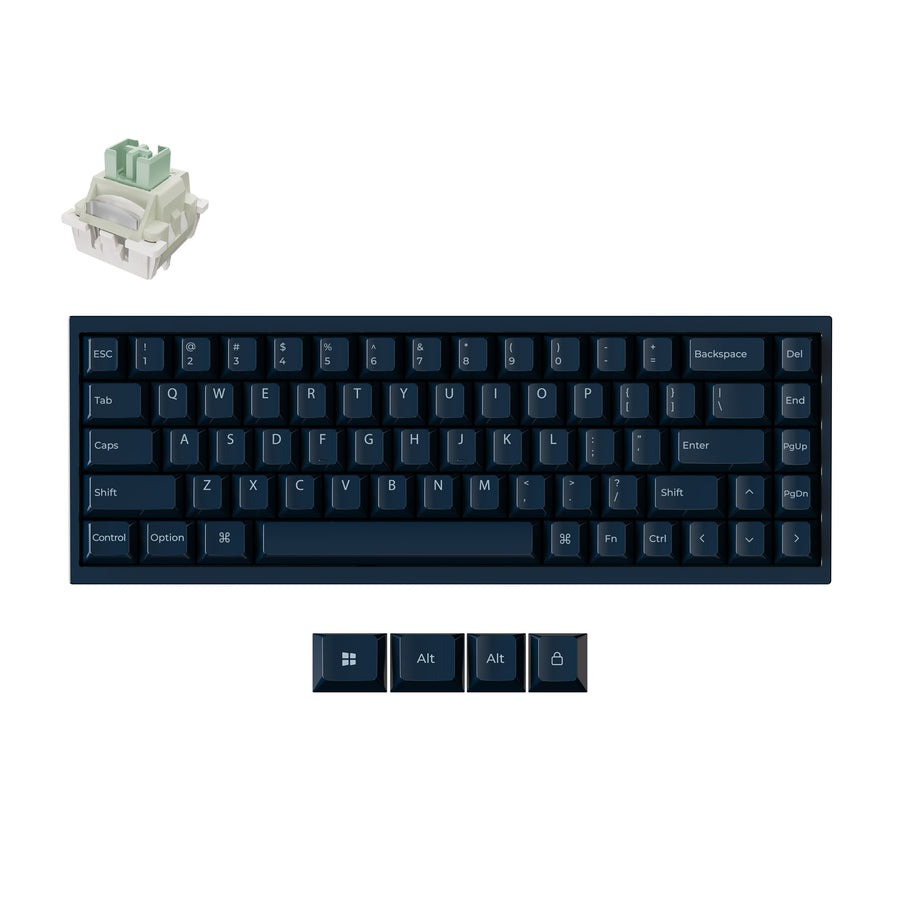
Keychron is quickly becoming one of my favorite brands of excellent all-purpose keyboards, but the Q16 HE 8K's unique ceramic design also prevents it from earning my wholehearted recommendation. I'm waiting for a more traditional keyboard with these features and this level of performance, and Keychron is going to deliver.

Follow Windows Central on Google News to keep our latest news, insights, and features at the top of your feeds!

Zachary Boddy (They / Them) is a Staff Writer for Windows Central, primarily focused on covering the latest news in tech and gaming, the best Xbox and PC games, and the most interesting Windows and Xbox hardware. They have been gaming and writing for most of their life starting with the original Xbox, and started out as a freelancer for Windows Central and its sister sites in 2019. Now a full-fledged Staff Writer, Zachary has expanded from only writing about all things Minecraft to covering practically everything on which Windows Central is an expert, especially when it comes to Microsoft.
You must confirm your public display name before commenting
Please logout and then login again, you will then be prompted to enter your display name.


